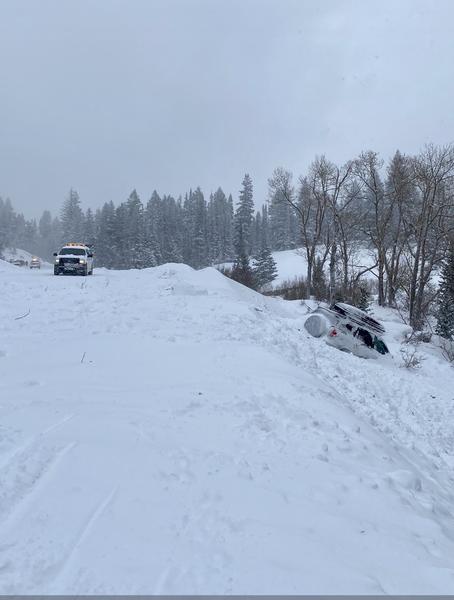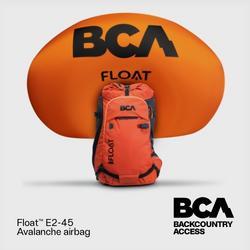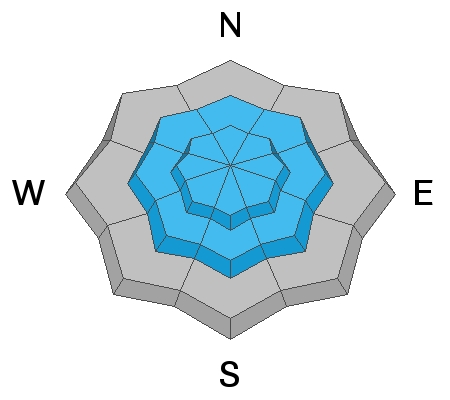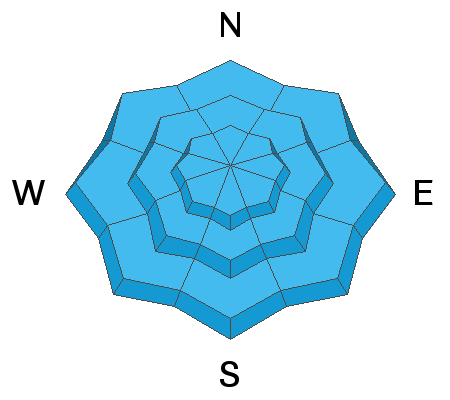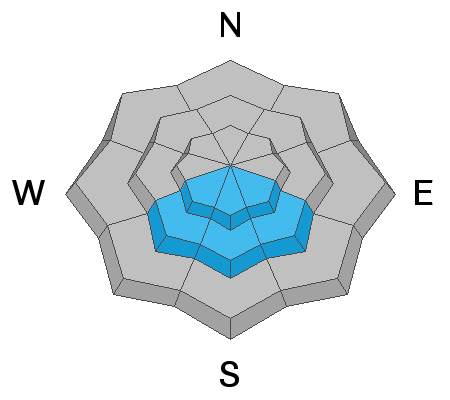Forecast for the Salt Lake Area Mountains

Issued by Mark Staples on
Monday morning, January 13, 2020
Monday morning, January 13, 2020
Today with increased winds and continued snowfall, the avalanche danger is HIGH on upper elevation slopes facing North, East, and South which should have fresh drifts from westerly winds.
Slopes at upper elevations not loaded by the winds have a CONSIDERABLE danger. Mid elevations are less likely to be loaded by winds and also have a CONSIDERABLE danger.
There is still a lot of snow at low elevations where the danger is MODERATE.
Slopes at upper elevations not loaded by the winds have a CONSIDERABLE danger. Mid elevations are less likely to be loaded by winds and also have a CONSIDERABLE danger.
There is still a lot of snow at low elevations where the danger is MODERATE.
HEADS UP: There is simply A LOT of new snow. Riding conditions are fantastic, but the snowpack has gotten a lot of weight added to it which means a lot of stress. Be conservative today and give yourself a wide margin for error. More snow will fall today with more westerly winds that will load many slopes with additional weight.
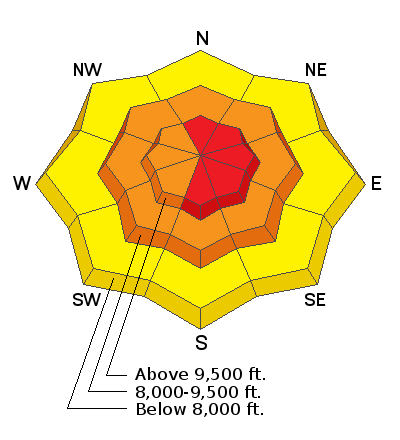
Low
Moderate
Considerable
High
Extreme
Learn how to read the forecast here



